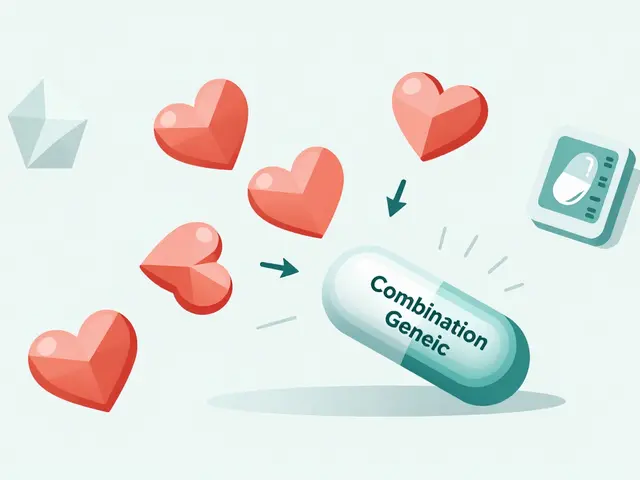Carvedilol — what it does and how to use it safely
If your doctor prescribed carvedilol, you probably want to know what it actually does and what to watch for. Carvedilol is a beta-blocker that also blocks alpha-1 receptors. That combo lowers heart work, slows the heart rate, and relaxes blood vessels. It's commonly used for heart failure, high blood pressure, and sometimes after a heart attack.
How carvedilol is used
Doctors use carvedilol in three main ways: to reduce symptoms and hospital visits in heart failure, to control high blood pressure, and to protect the heart after certain heart attacks. It's not a quick-fix drug — benefits for heart failure show up over weeks to months. If you feel better right away, that may be from lower blood pressure or a slower heart rate, but the longer-term effects are what matter most.
Start low and go slow. For heart failure the common starting dose is 3.125 mg twice daily, usually doubled every two weeks as tolerated. Target doses are often 25 mg twice daily for most people and up to 50 mg twice daily for larger adults. For high blood pressure doctors may start at 12.5–25 mg once or twice daily depending on your needs. Follow your prescriber's plan — do not increase or stop doses on your own.
Dosing, side effects and safety tips
Take carvedilol with food to lower the chance of dizziness or a sudden drop in blood pressure. Check your pulse and blood pressure regularly at home. If your heart rate drops below about 50 beats per minute or you have fainting, tell your doctor.
Common side effects include tiredness, dizziness, low blood pressure, slow heart rate, and weight gain. Some people notice cold hands or feet. If you have asthma or serious COPD, carvedilol can make breathing worse because it blocks beta receptors in the lungs. Tell your doctor about lung disease before starting.
Carvedilol can hide low blood sugar symptoms in people with diabetes. If you use insulin or sulfonylureas, monitor glucose more closely and discuss changes with your care team.
Drug interactions matter. Combining carvedilol with other blood-pressure medicines, certain calcium-channel blockers (like verapamil or diltiazem), or strong CYP2D6 inhibitors (for example fluoxetine or paroxetine) can change carvedilol levels or worsen low heart rate and blood pressure. Always list all medicines — including herbal supplements — to your prescriber and pharmacist.
Don't stop carvedilol suddenly. Stopping fast can raise heart rate and blood pressure and cause chest pain or worse. If you need to stop, your doctor will give a taper plan over days to weeks.
Quick practical tips: take it with a meal, carry a BP cuff if you can, avoid heavy alcohol use, and report dizziness, fainting, shortness of breath, or very slow pulse. For pregnant or breastfeeding women, talk to your doctor — carvedilol may need special consideration.
If you want a generic, carvedilol is widely available and usually affordable. Buy from licensed pharmacies only — online sellers without a prescription or without proper accreditation can sell unsafe products. When in doubt, ask your pharmacist to check your dose and interactions.
Ask questions at your next visit: why this drug for you, expected benefits, target dose, and what to watch for. That keeps you in control and safer while taking carvedilol.
As a senior, I've been researching Carvedilol as a treatment option for my heart condition. Safety and efficacy are my top concerns, so understanding how this medication works for people my age is essential. From what I've gathered, Carvedilol has been proven to be effective in managing conditions like heart failure and high blood pressure. However, it's important to consult with a doctor to discuss potential side effects and adjust the dosage accordingly. Overall, Carvedilol seems to be a safe and effective treatment for seniors, but it's crucial to work closely with a healthcare professional to ensure it's the right choice for me.
Continue reading...





